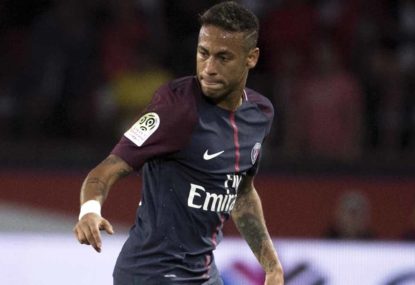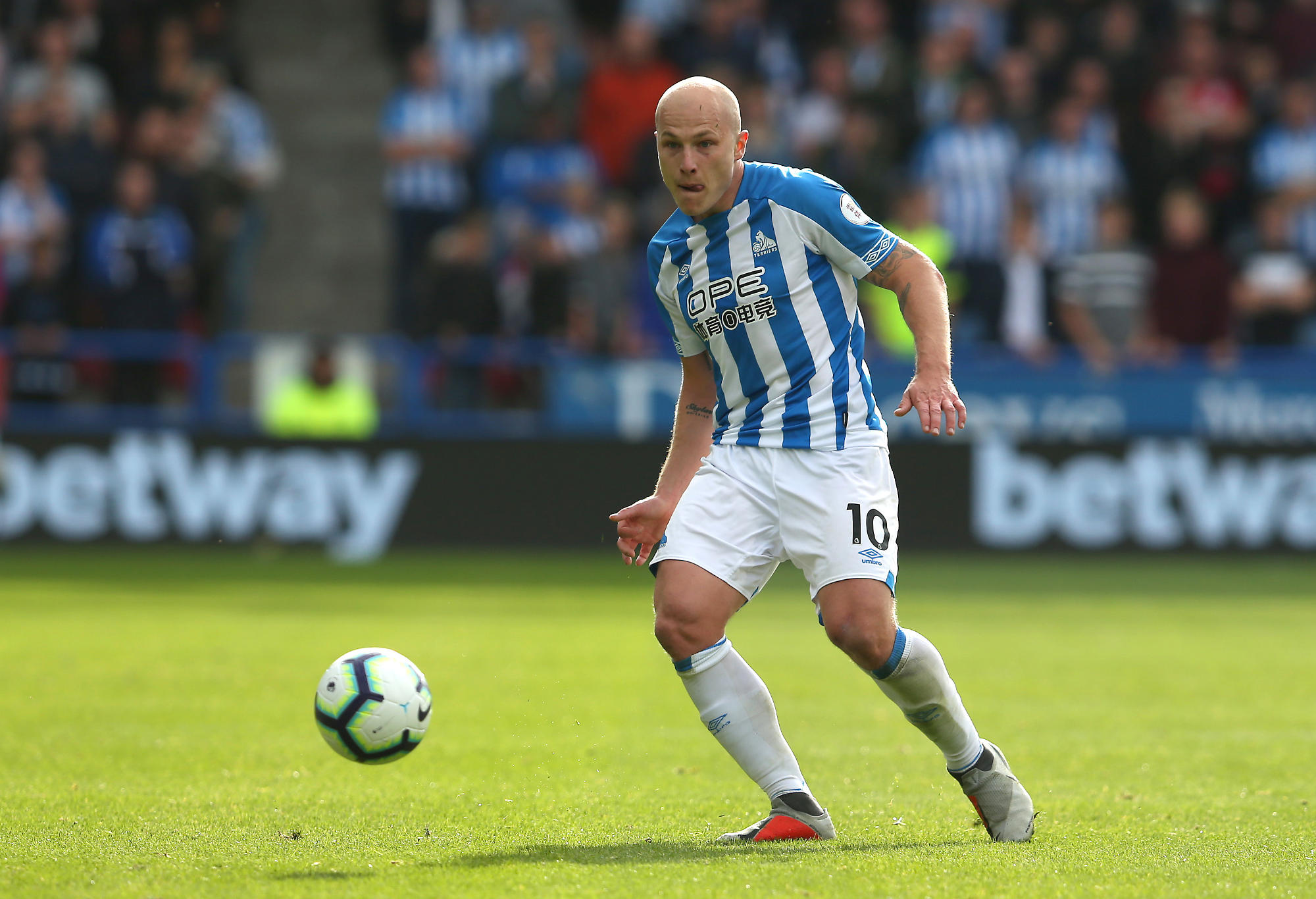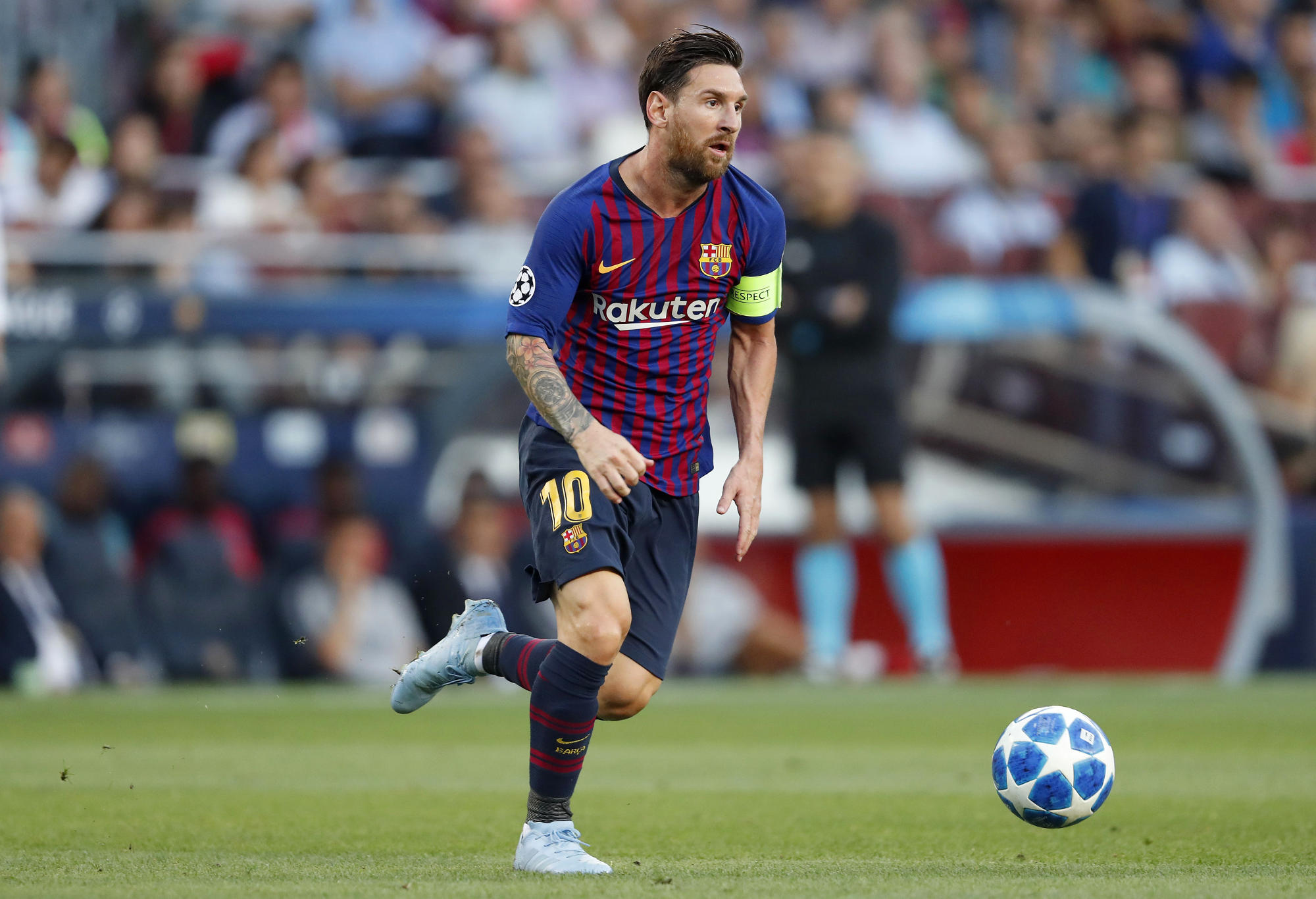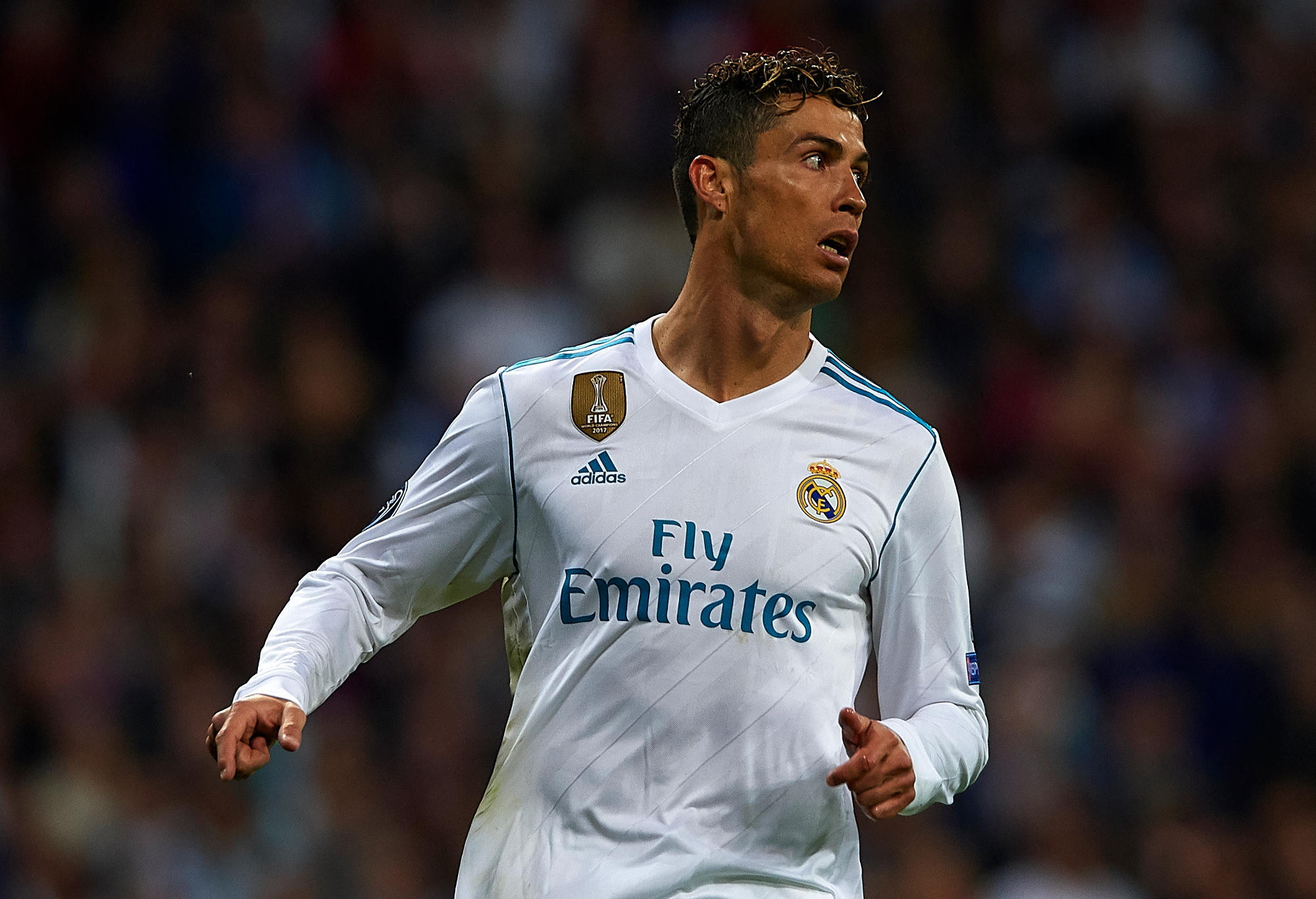Liverpool strike verbal deal to Slot in Dutchman as new boss with Klopp's seal of approval
Liverpool have reached a verbal agreement with Feyenoord for their head coach Arne Slot to succeed Jurgen Klopp at the end of the season.…
Sponsored

What does it take to become a champion player? That’s a question every footballer would love to know the answer to.
Daniel Arzani would probably like to know. After just 24 A-League games for Melbourne City, the Iranian-born Australian international found himself on the books of parent club Manchester City – and very soon in the East End of Glasgow.
Arzani boasts all the qualities to become Australia’s finest player since Harry Kewell, but having recently joined on Celtic on loan, does he have what it takes to make it to the top?
Plenty of Aussies were miffed when Arzani was left out of Celtic’s 43-man European squad this season, but the reality is the Europa League is a serious step up in class.
And with Celtic drawn in the same group as Alex Gersbach’s Norwegian side Rosenborg – Gersbach failed to get off the bench in their recent 1-0 loss to Celtic at Parkhead – it should hardly come as a surprise that coach Brendan Rodgers prefers to prioritise results over potential.
Joining Celtic on loan from Manchester City was a predictable trajectory for Arzani. After all, City had already enjoyed success selling Aaron Mooy to Huddersfield Town for $14.5 million – despite Mooy never having played a game for the Manchester club.

(Photo: Stephen White/Getty Images)
And Arzani is unlikely to play a game for Manchester City either, unless he becomes a truly elite player. But what will it take? And what makes him so special in the first place?
The similarities between Arzani and another Socceroos midfielder in Tom Rogic are obvious.
Like Arzani, Rogic played just 24 A-League games for the Central Coast Mariners before being snapped up by Celtic. But Rogic’s initial struggles to force his way into the Celtic starting eleven – not to mention the run of injuries that prompted Celtic to send him on loan to Melbourne Victory – make for cautionary reading.
Rogic is one of Celtic’s best players these days. He recently signed a five-year deal to stay at Parkhead for the foreseeable future – presumably allowing Celtic to cash in should the right offer and transfer fee come along in due course.
And, just as Arzani will need to do, the fleet-footed Rogic gradually adjusted to the physical rigours of the hustling and bustling Scottish Premier League.
Tellingly, however, both Arzani and Rogic possess qualities that set them apart from the average Australian player.
Arzani, who was born in Khorramabad and grew up playing on the streets of the western Iranian city, is one of the most naturally gifted ball-players we’ve seen of late.
And Rogic, as most already know, played futsal for his country – finishing as Australia’s top scorer with six goals at the 2010 AFC Futsal Championship – before embarking on his professional football career.

(Photo: Paul Ellis/Getty Images)
Along with Mooy, the trio are a far cry from the stereotype of Australia producing physically blessed but technically limited footballers.
But as both Mooy and Rogic have proved – and as Arzani may soon find out himself – talent alone is not nearly enough to succeed at the top levels of the game.
The best of the best
What exactly does it take to make it to the top? Natural talent, for one thing. A healthy dose of luck for another.
Would Lionel Messi have turned out to be the player that he is had Argentina’s economic crisis not prompted both his hometown club Newell’s Old Boys and Buenos Aires giants River Plate to renege on deals to pay for his hormone deficiency treatment?
Did the fact that Barcelona stepped in to sign a 13-year-old guarantee Messi would surpass the careers of equally promising Argentine players like Ariel Ortega, Pablo Aimar and Juan Roman Riquelme?
It’s tempting to suggest that Messi’s status as the world’s greatest footballer is down to sheer talent alone. He is, after all, the most gifted footballer since Diego Maradona.
However, it’s worth remembering that even when Messi was pouring in goals for Barcelona’s various youth teams – he once played for five different age groups in a single season – he was also hitting the gym in a bid to bulk up.

(Photo: VI Images/Getty Images)
The diminutive playmaker with the growth deficiency was never going to be the world’s biggest footballer – his low centre of gravity, however, makes him virtually impossible to knock off the ball – but even Messi knew he’d have to work hard to survive in the rough and tumble world of La Liga.
Yet perhaps the most surprising transformation of all came not from Messi but from his erstwhile Real Madrid rival and current Juventus star, Cristiano Ronaldo.
Like Messi, a young Ronaldo left his hometown on the island of Madeira to sign for Portuguese giants Sporting as a 12-year-old. He also played for five different Sporting sides – including the first team – within the space of a single season.
And like Messi, it was his dribbling skills that most of his early coaches coveted.
After playing just 25 games as a winger for the Lisbon-based giants, Ronaldo was snapped up by Sir Alex Ferguson and Manchester United.
Initially viewed as a like-for-like replacement for the departed David Beckham, the Portuguese star eventually undertook one-on-one training with first team coach Rene Meulensteen to improve – among other things – his goal scoring.
Was that the catalyst that helped transform Ronaldo from an exciting winger into a bona fide goal-scoring machine?
Or was it his move to Real Madrid in 2009, when Ronaldo was unveiled as the greatest galactico of all and first took the number 9 jersey once worn by the legendary Alfredo di Stefano?

(Photo by Quality Sport Images/Getty Images)
Ronaldo’s goal-scoring feats in Madrid are astonishing – he finished with an incredible 311 goals from just 292 La Liga games, as well as a staggering 104 UEFA Champions League goals in Real Madrid colours.
And that’s on the back of the 84 goals he scored in the English Premier League for Manchester United.
Renowned as a football obsessive, Ronaldo has not only adapted his tactics as he’s aged – not to mention his physique – but he’s long been regarded as one of the most self-confident (or arrogant) players on the planet.
He certainly comes across as a more self-assured player than Messi.
Nevertheless, the pair – so different, yet so similar in many ways – have each enjoyed unprecedented individual success.
So perhaps what it takes to become a champion player is a combination of many things.
Natural talent is a must, but to truly get to the top, it takes so much more. Coaching, opportunities, injuries, even teammates – these all play a vital role.
It’s a tough road to the top. Daniel Arzani would do well to remember that.
FIFA19 is out now, and EA Sports are giving football fans the chance to win an awesome trip to Europe to watch a Champions League match, complete with tickets, flights and accommodation. Simply join FUT United and share your Champions moments with the iconic Champions League theme song playing in the background. Check out the full competition details here.